With the growth of the flexible diet the word "MACRO" has become quite a buzz word and in my opinion created quite a blur around what the term actually means when it is actually very basic.
MACROS
Before we get into breaking down on how to set yourself up for success when following a macro tracking/flexible diet lets define what a "macro" is.
A macro or macro nutrient is referring to big 3 nutrients found in food protein, fats and carbs.
Each one of these macro nutrients serve different roles in the body such as:
Carbohydrates - Carbohydrates provide the major source of energy our body and brain uses to fuel daily activity.
Providing 4cals/per gram
Protein - Protein also provides a source of fuel to the body but also is broken down by the body into "amino acids" which as used for purposes such as muscle repair and growth and in processes that create certain hormones and digestive enzymes.
Providing 4cals/per gram
Fats - As both other macros do fat also provides a source of energy for the body but also plays an important role in absorption of fat soluble minerals such as A, D, E & K. Certain foods such as fish, hemp, flaxseed also provide essential fatty acids such as omega 3.
Fats also play an important role in hormone control.
Providing 9cals/per gram
ENERGY BALANCE
Now that we have discussed the basics of macros and what role they play let's go through the fundamental rule of energy balance and how this effects the body.
Energy Balance: "The relation between intake of food and output of work (as in muscular or secretory activity) that is positive when the body stores extra food as fats and negative when the body draws on stored fat to provide energy for work"
Source: https://www.merriam-webster.com/dictionary/energy%20balance
Basically what that definition means is if you are consuming more calories then you are expending through activity you will GAIN body mass if you expending more energy then you are consuming you will LOSE weight and finally if you are consuming the same amount of calories you are expending you will MAINTAIN your weight.
A very fundamental rule to take into consideration as it will make up about 80-90% of the reason you are either losing or not losing weight. There are a number of other factors such as being a genetic freak or hormone imbalances which are generally the minority but overall energy balance is key.
CALCULATING YOUR MAINTENANCE.
1. Baseline Multiplier (Harris Benedict Formula)
Male
BMR = 66.5 + ( 13.75 × weight in kg ) + ( 5.003 × height in cm ) – ( 6.755 × age in years )
Female
BMR = 655.1 + ( 9.563 × weight in kg ) + ( 1.850 × height in cm ) – ( 4.676 × age in years )
E.g.
Male
Weight:90kg
Height:183cm
Age: 22
BMR = 66.5 + ( 13.75 × 90 ) + ( 5.003 × 183 ) – ( 6.755 × 22 )
= 2077cals
2. Activity Multiplier
The activity multiplier will help calculate our expenditure into our total maintenance calories. This includes NEAT (non exercise activity thermogenisis) which is everything outside of intentional exercise including walking, standing etc. This is important because having a high NEAT can dramatically impact your energy balance.

Baseline Multiplier x Activity Multiplier
e.g.
2077cals x 1.7-2.0 (active + 3-6 days training/week)
= 3531cals - 4154 cals
GAIN OR LOSE WEIGHT ?
Now that we have our maintenance range it is time to adjust your calories to either create a caloric surplus if your goal is to gain weight or a caloric deficit if your goal is to lose weight.
Rule number 1 of setting this percentage increase is you always want to make a slow gradual increase of the percentages and not jump straight to a large percentage increase or decrease as you will ruin your potential for progression and can also cause digestional stress.
So step one would be to eat your "maintenance" calories for a week and test if it is a true maintenance as your weight should not change, if it does you will adjust accordingly to find your "true" maintenance calories.
Now adjust your calories to one of these ranges it is recommended to start at a 20% increase or decrease and monitor. Increasing or decreasing over time will provide a more successful and smarter way to reach your goal.
20% - Average
25%-Aggressive
30%- Very Aggressive
Baseline Multiplier x Activity Multiplier +
2250 x 2.0 (active 6 days training/week)
= 4154 cals
- 20% to create a caloric deficit for a goal of weight loss.
3323 calories
CHOOSING YOUR MACRO SPLIT
There is a number of different calorie splits you can manipulate once again they are going to all be goal orientated and also orientated around personal circumstances although i will list a few different splits below, followed by how i would create a weight loss orientated split with a bit more specificity
Personally how i like to create a split is going to be starting with protein.
| Maintenance | Fat Loss (muscle maintenance while cutting) | Muscle Gain | |
| Active | 2.2g-2.6g/kg | 2.8-3.2g/1kg | 3.4g-3..6g/1kg |
| Sedentary | 1.8-2.2g/kg | 2.4g-2.6g/1kg | 3g-3.2g/1kg |
Because my goal is orientated around Fat Loss maintenance i will be using a 2.8g protein per kilo of body weight protocol.
3.2 x 90 = 288g
Find the percentage
288 x 4 (protein is 4 calories per gram) = 1152 cals
Find What Percentage that will be of your total calories
1152 (protein calories) / 3323 (total calories) = 0.346 ( x 100 to get %) = 34.6%.
Now to find our fats
There are a few factors that play a role in fat macro selection primarily training style, goal and gender and outliers like diet specifics such as ketogenic base diets.
I usually work in a range of 20-35% with females & low carb diets sitting the higher end of the range and males and any high carb based diets sitting at the mid-lower end.
Fats play an important role in hormone control especially for women which is why in certain cases it is recommended to have them on a higher %.
Also in the case of weight loss orientated diets they are generally lower carbohydrate as the goal is to deplete glycogen stores which means you are making up more of your days total calories through fat/protein rather then carbohydrates.
For myself i will be sitting at about 30% fats, i made this choice by evaluating my goal of weight loss and by initially not going to low on the carbohydrates so i have room to make reductions in the future as i hit plateaus and this way i can also gauge how my body feels on these initial macros and it gives me room to make changes within my percentages.
Find your grams of fat based off your selected %.
30% (fat %) of 3323 (total calories) = 996.9 Fat Calories
996.9 (Fat Calories) / 9 (calories per gram of fat) = 110g
110g
Find Your carbohydrates
Finding your carbohydrates is easy as it will be the remaining percentage of your total calories which in our case is 35% as we already have
34.6% Protein - 288g
30% Fat - 110g
35% Carbohydrates - 290g
"using the same equation as above to find grams of carbohydrates based off your %."
35% (carbohydrates %) of 3323 (total calories) = 1163 carbohydrate calories
1163 (Carbohydrate Calories) / 4 (calories per gram of carbohydrates) = 290g
BEGINNING OF A TRIAL AND ERROR PERIOD.
Now you have your base calories selected it will be a period of trialling how your body reacts and feels and making adjustments accordingly. For example if your weight drops to quickly you will need to raise calories slightly and if you gain weight rapidly you will need to lower your calories. These are recommended adjust based of the rule of energy balanced discussed earlier in the blog.
Ensure you are eating a healthy and varied diet to make up your caloric consumption for the day. Foods such as vegetables should still be a priority although they do not contain a heavy amount of macro nutrients they are essential to provide your body with the vitamins and minerals it needs to perform and go about your day to day life.
RECIEVE NOTIFICATIONS FOR FUTURE BLOGS HERE

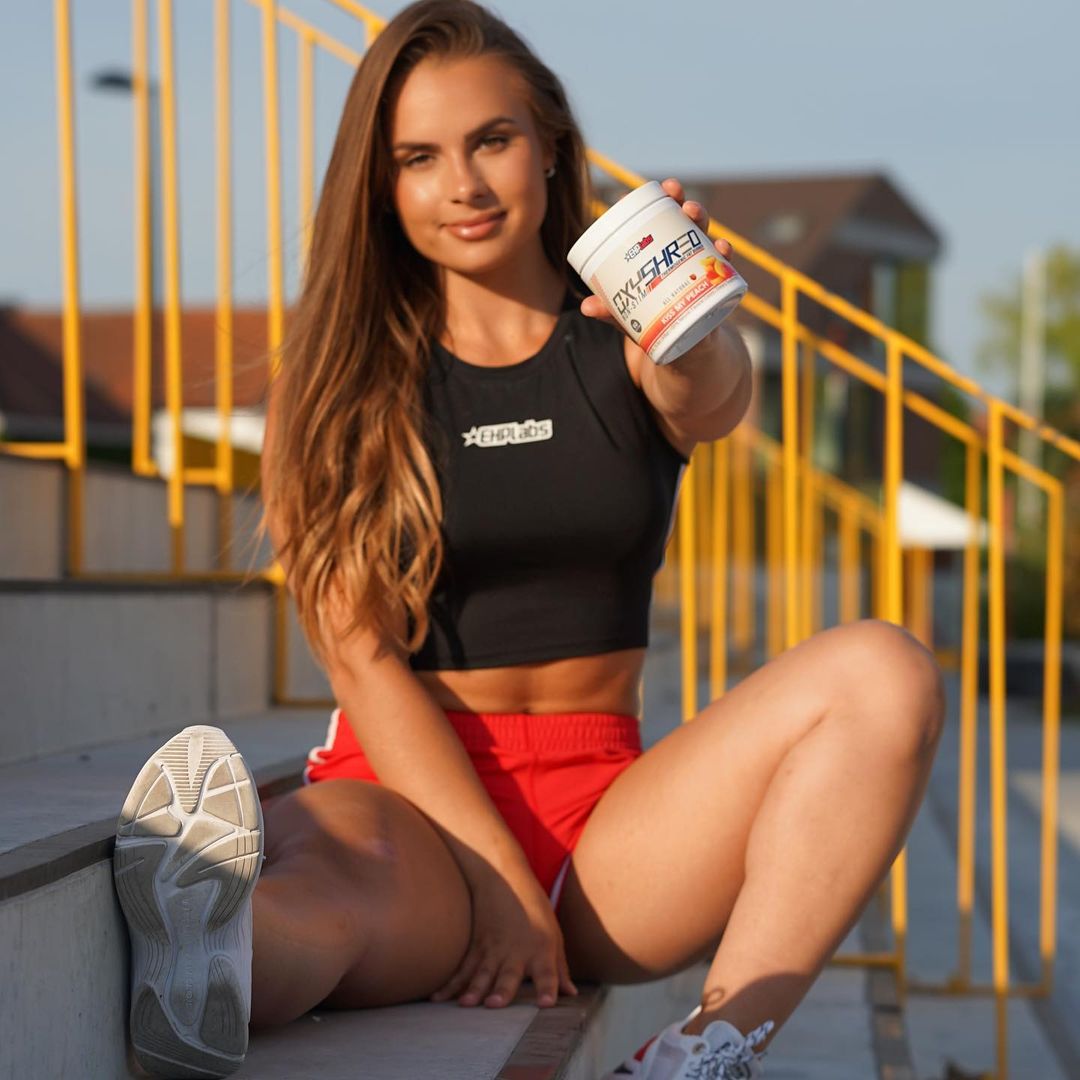

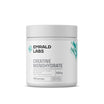
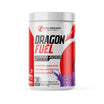
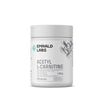

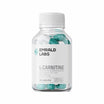
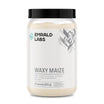
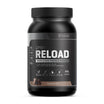




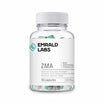
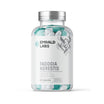
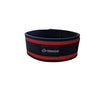





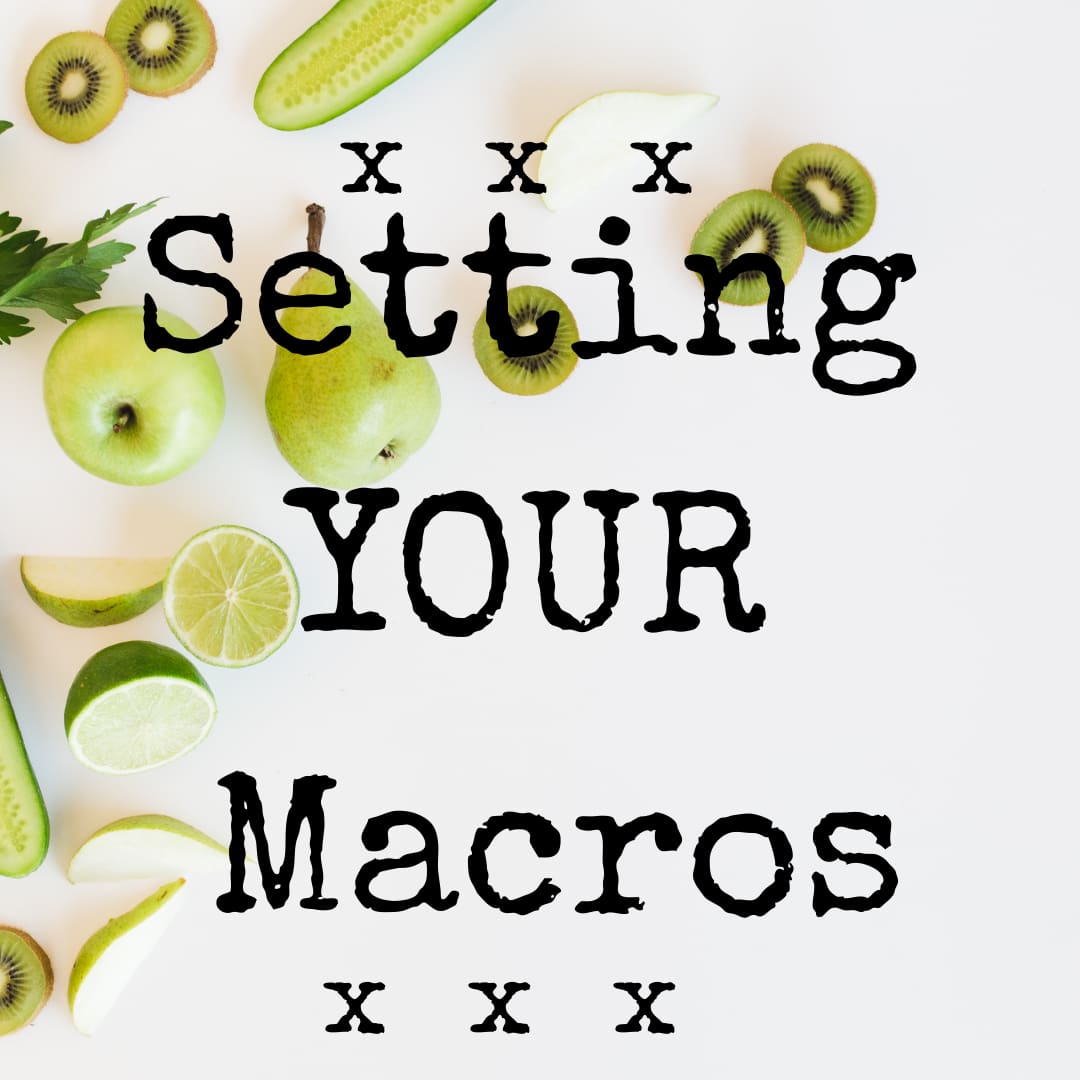


2 comments
nFmiHDbafL
zOkWJZnAqHupwoG
npKGtXObRv
uoVcURfiKtgxFdMB
Leave a comment
This site is protected by hCaptcha and the hCaptcha Privacy Policy and Terms of Service apply.